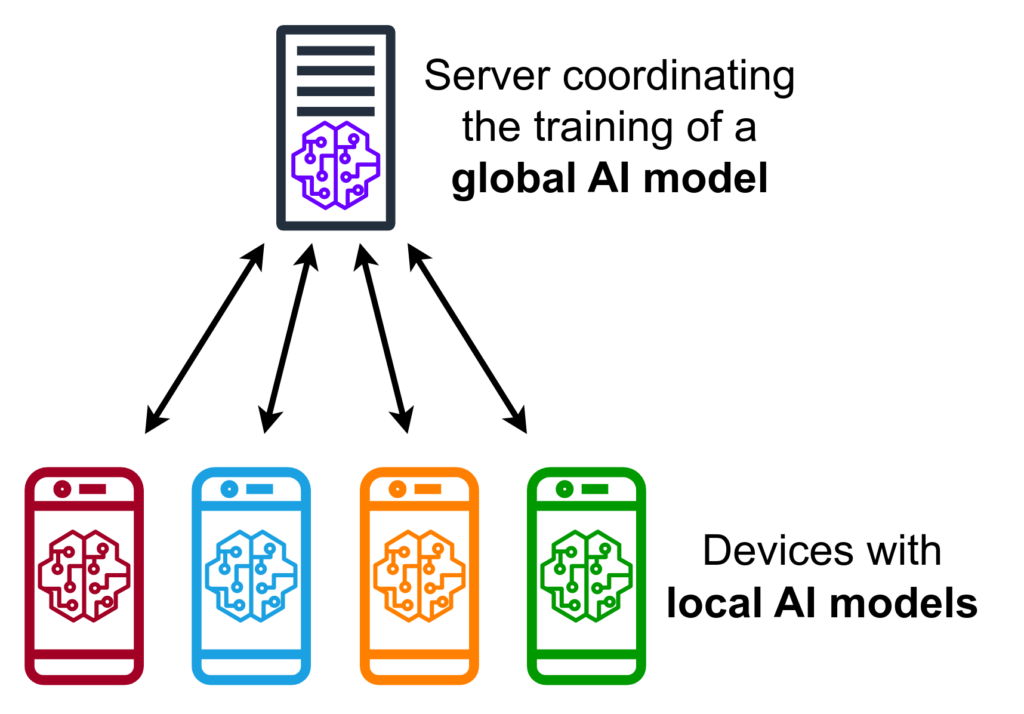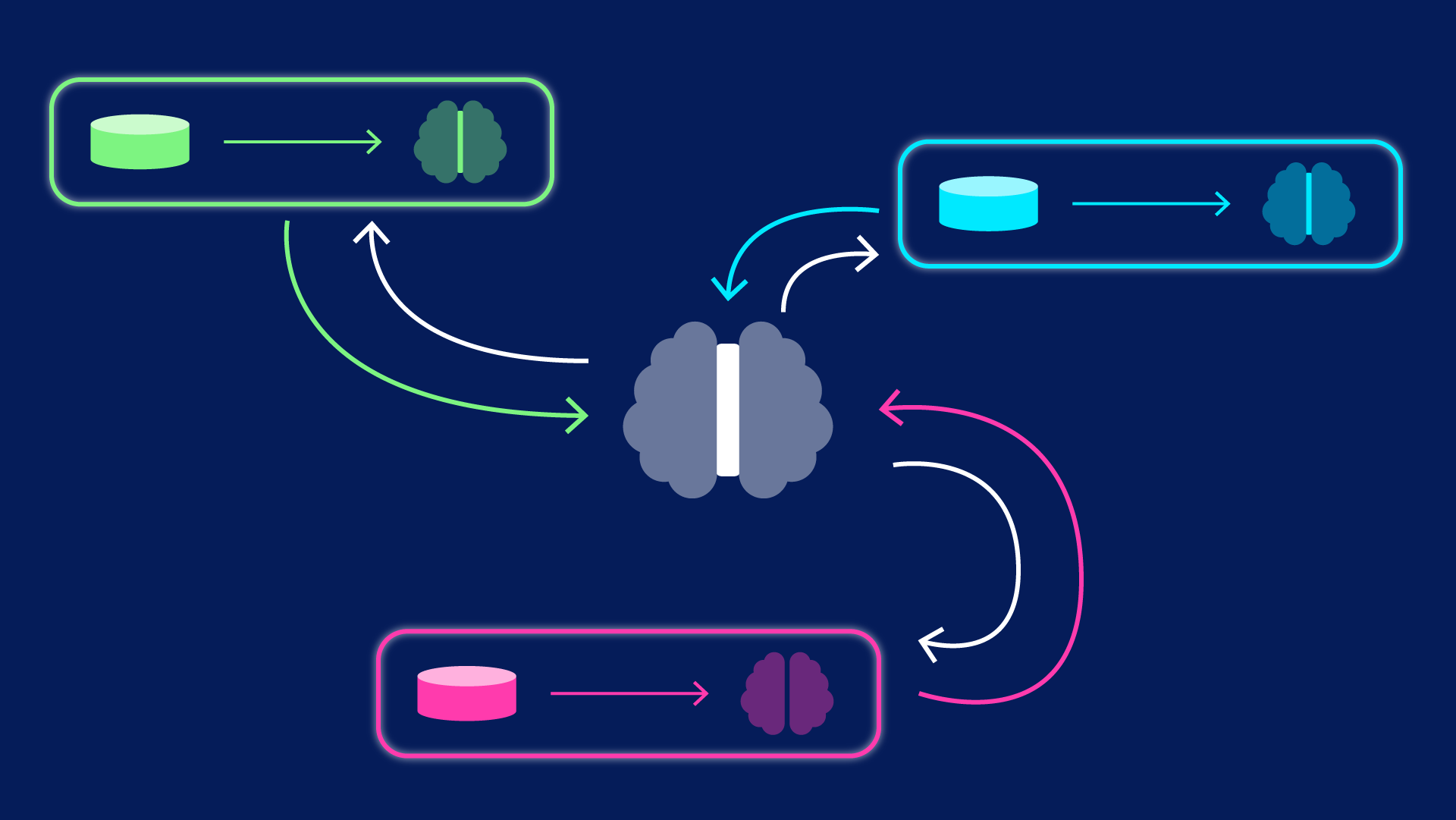Federated Learning is a type of machine learning (ML) technique that enables multiple devices to collaborate and train a machine learning model without sharing their raw data with each other. In this article, we will explore the concept of Federated Learning, its benefits, and its applications.

What is Federated Learning?
Federated Learning is a machine learning technique that enables multiple devices to collaboratively train a machine learning model without sharing their raw data with each other. Instead of sharing data with a central server, the devices collaborate to train the model locally and send only the updated model parameters to a central server.
In Federated Learning, the data remains on the user’s device and is not transferred to a central server for training. This technique is particularly useful when data privacy is a concern, and it is not feasible or desirable to transfer the data to a central server.
How does Federated Learning work?
Federated Learning works in three stages:
- Initialization: A machine learning model is initialized on a central server.
- Local Training: The server sends the initial model to each device, and the device trains the model on its local data. The devices use their local data to update the model’s parameters and send the updated parameters back to the central server.
- Aggregation: The central server aggregates the updated model parameters from all the devices to create a new model that incorporates the learning from all the devices. This new model is then sent back to the devices, and the process repeats.
Benefits of Federated Learning
- Data Privacy: Federated Learning enables multiple devices to collaborate on a machine learning task without sharing their raw data with each other. This technique is particularly useful when data privacy is a concern, and it is not feasible or desirable to transfer the data to a central server.
- Reduced Communication Costs: In Federated Learning, only the updated model parameters are sent to the central server, reducing the communication costs associated with transferring large amounts of data to a central server.
- Improved Efficiency: Federated Learning enables devices to collaboratively train a machine learning model, which can improve the efficiency of the learning process. This technique is particularly useful when the data is distributed across multiple devices, and it is not feasible to train the model on a central server.
- Personalization: Federated Learning can be used to train personalized machine learning models for each user, based on their individual data.
Applications of Federated Learning
- Healthcare: Federated Learning can be used to train machine learning models on medical data, while maintaining patient privacy. For example, doctors can collaborate to train a machine learning model that can predict the likelihood of a patient developing a certain disease based on their medical history.
- Finance: Federated Learning can be used to train machine learning models on financial data, while maintaining data privacy. For example, banks can collaborate to train a machine learning model that can detect fraudulent transactions.
- Internet of Things (IoT): Federated Learning can be used to train machine learning models on IoT data, while maintaining data privacy. For example, sensors in a smart home can collaborate to train a machine learning model that can predict when a device is likely to fail.
- Edge Computing: Federated Learning can be used to train machine learning models on edge devices, such as smartphones and tablets, while maintaining data privacy. For example, a group of smartphones can collaborate to train a machine learning model that can recognize speech or images.
Conclusion
Federated Learning is a powerful machine learning technique that enables multiple devices to collaborate on a machine learning task without sharing their raw data with each other. This technique can improve data privacy, reduce communication costs, improve efficiency, and enable personalization. Federated Learning has applications in healthcare, finance, IoT, and edge computing, among other areas .


